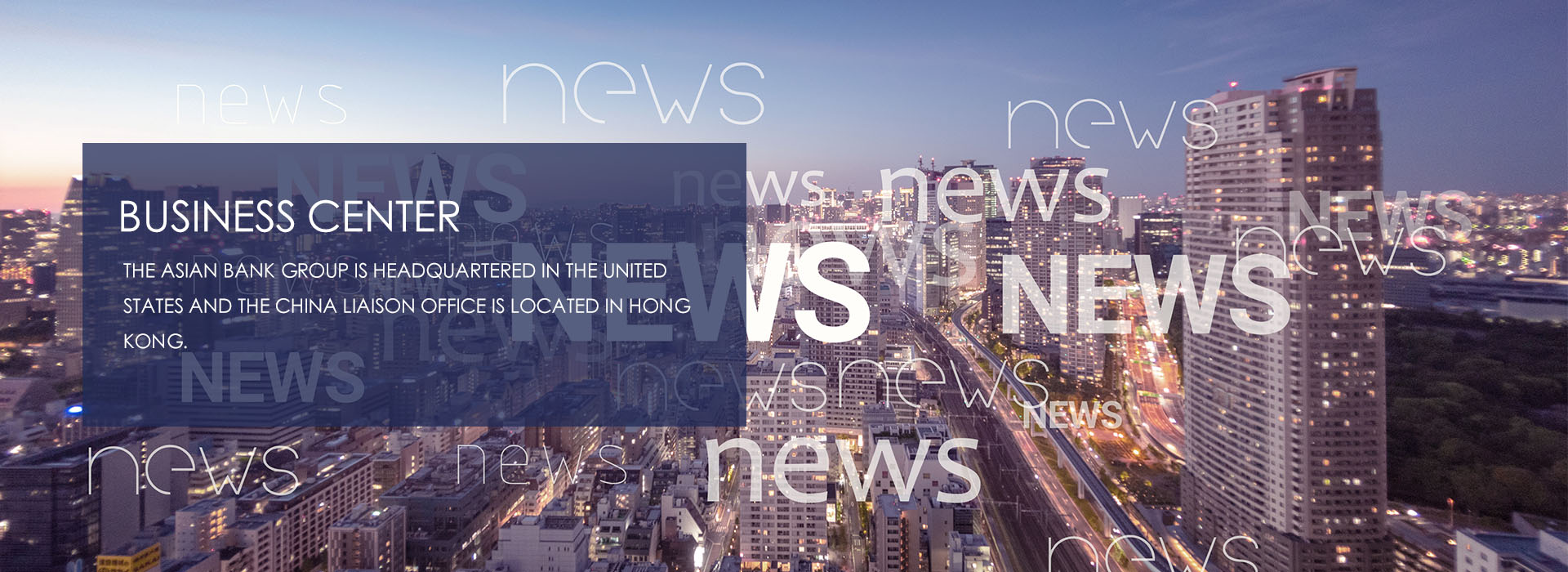The world economy is navigating uncharted waters as it continues to face a series of potentially destabilizing shocks. After more than two years of COVID-19, the war in Ukraine and its worldwide fallout have exacerbated the decline in global growth. In this context, a comprehensive and decisive policy response is needed to boost growth and address the multiple risks facing the global economy.
The world economy is expected to experience its steepest deceleration in more than 80 years, following the transition from recession to tentative recovery, according to new World Bank forecasts. Global growth is expected to slow to 2.9 percent in 2022 from 5.7 percent in 2021, significantly lower than the 4.1 percent forecast in January. The global economy is expected to continue at roughly this pace in 2023-2024 as the war in Ukraine disrupts economic activity, investment and trade, while pent-up demand from the pandemic is gradually released, and fiscal and monetary easing is unwound.
Growth in advanced economies is expected to fall sharply to 2.6 percent this year from 5.1 percent in 2021. It is expected to slow further to 2.2% in 2023, mainly due to the further withdrawal of fiscal and monetary support adopted during the pandemic.
Growth in emerging and developing economies is expected to roughly halve this year, from 6.6 per cent in 2021 to 3.4 per cent, well below the 4.8 per cent average annual rate in 2011-2019. Growth forecasts for this year have been cut for 70 per cent of emerging economies, including most commodity importers and 80 per cent of low-income countries.
The global outlook faces a variety of interconnected downside risks. Rising geopolitical tensions could further disrupt economic activity and create policy uncertainty. If this continues, it will also lead to fragmentation of the global trade, investment and financial systems.
Supply disruptions caused by COVID-19 and the war in Ukraine have sent energy and food prices soaring. Food shortages could worsen and trigger social unrest, while a new, more virulent strain of the virus could further disrupt economic activity.
More negative shocks will make it more likely that the global economy will enter a period of low growth and high inflation. To get out of this "stagflation" in the 1970s, central banks in major advanced economies raised interest rates sharply, triggering a global recession and a series of financial crises in emerging and developing economies.
The current economic situation resembles that of the 1970s in three key respects: first, persistent supply-side disruptions are fueling inflation after a long period of highly accommodative monetary policy in major advanced economies; Second, weaker growth prospects; Third, the tightening of monetary policy needed to curb inflation in advanced economies will have a big impact on emerging economies.
Yet the current global environment differs from the 1970s in other ways, too. The percentage rise in commodity prices, for example, is smaller than it was then; Labour markets are also more flexible, reducing the likelihood of a prolonged price and wage spiral. Moreover, the energy intensity of economic activity is now much lower than it was in the 1970s, making the global economy better able to withstand energy supply shocks.
More importantly, unlike in the 1970s, central banks in advanced economies and many emerging markets now have a clear mandate for price stability and have built a credible record of achieving inflation targets over the past three decades. Thanks to improvements in the monetary policy framework, long-term inflation expectations are now less vulnerable to sharp movements in inflation than they used to be.
While East Asia and the Pacific have been less affected than other regions, they are not immune to the global slowdown. Growth in the region is expected to slow to 4.4 per cent in 2022, down 0.7 percentage points from the January forecast. Higher global commodity prices have led to higher inflation and wider current account deficits in some countries that are highly dependent on food and energy imports. Meanwhile, China's economy has been hit by a resurgence of the pandemic, and the resulting supply chain disruptions and weakening import demand have slowed trade flows across the region.
External financing conditions have tightened and risk premia have risen as the US has contracted monetary policy faster than expected. Average growth in East Asia and the Pacific is expected to stabilize at 5.2% in 2023-2024, but recovery is still not fully realized in many countries.
Against this bleak backdrop, the path to sustained recovery is becoming ever narrower and decisive policy action at the global and national levels is required. This requires a global effort to reduce harm to those affected by the war in Ukraine, soften the blow of soaring oil and food prices, accelerate debt relief, and expand vaccinations in low-income countries.
At the same time, countries need to avoid distortionary policies such as price controls and export bans that could exacerbate commodity price rises. Amid rising inflation, slowing growth, tighter financial conditions and limited fiscal policy space, governments need to reset spending priorities and better target relief to vulnerable groups.
This narrow path to recovery is yet another test of the global economy's resilience. It will not be easy to implement these policy actions quickly, but delaying the necessary measures will have serious consequences. Policymakers need to act now to adjust policy carefully, design credible macroeconomic frameworks, and clearly communicate the measures they plan to implement.









